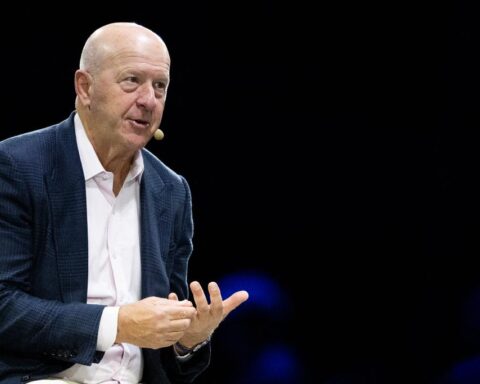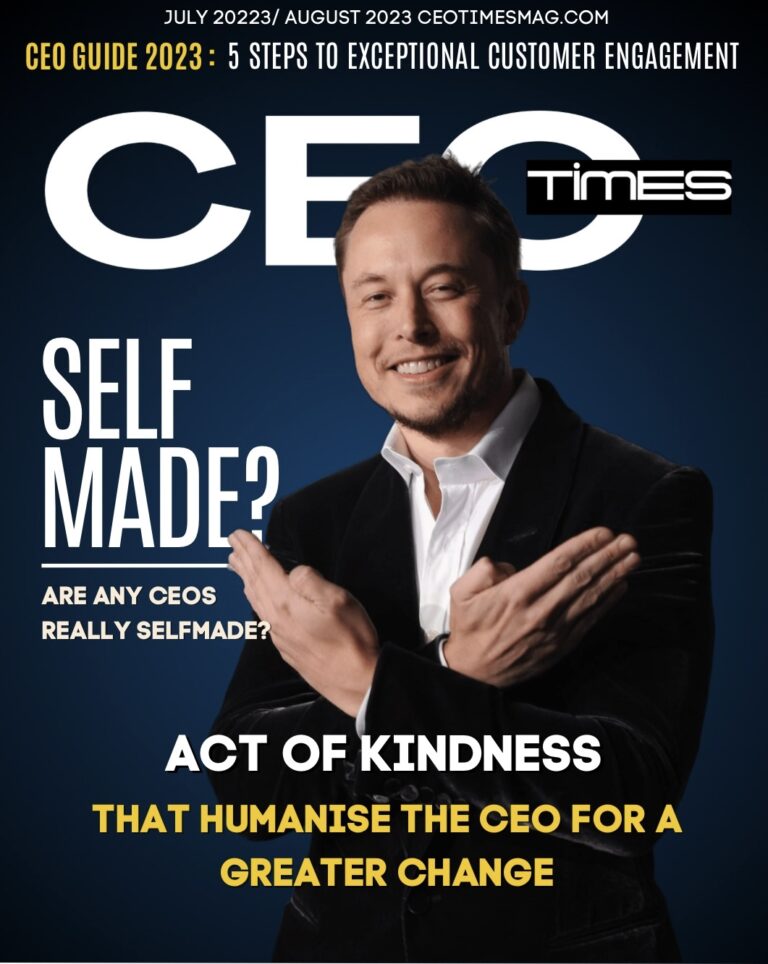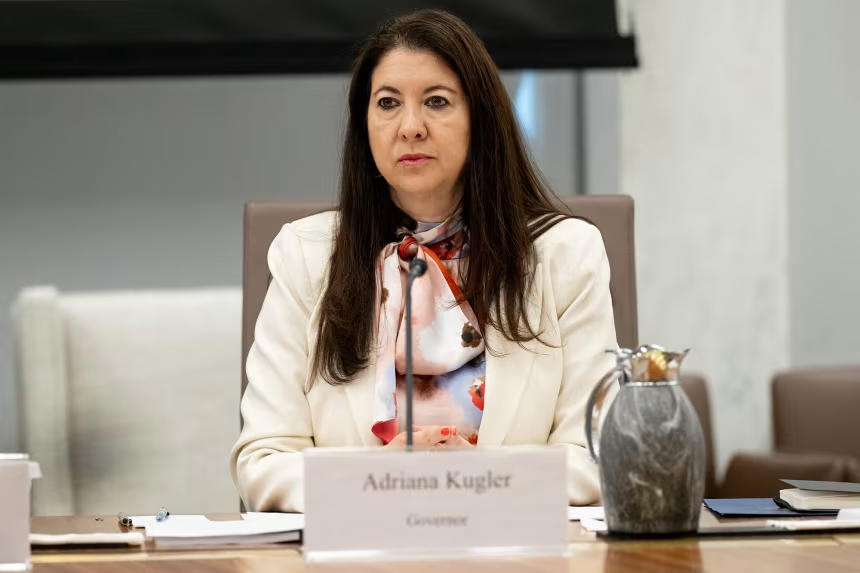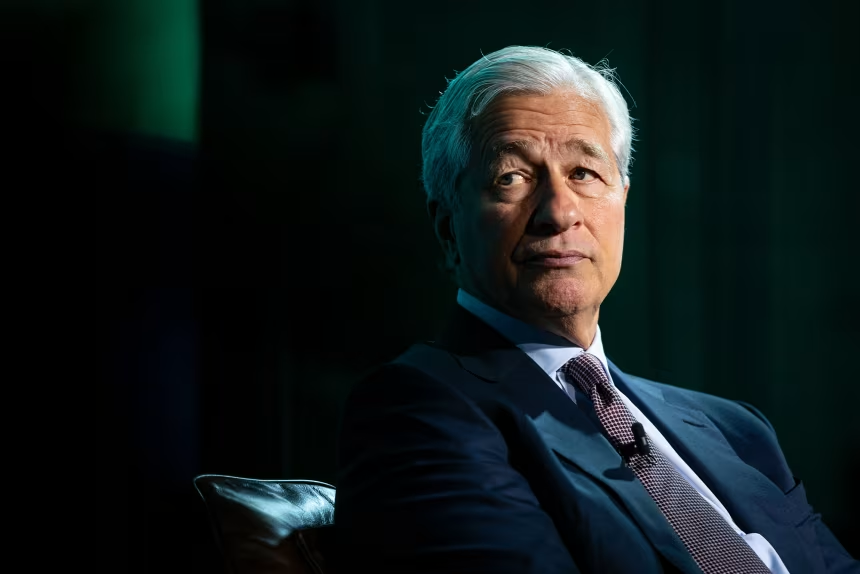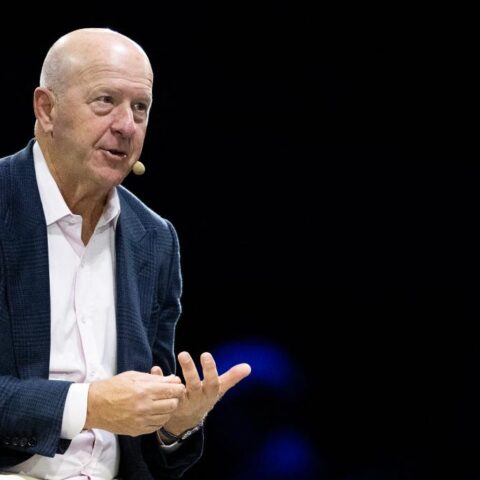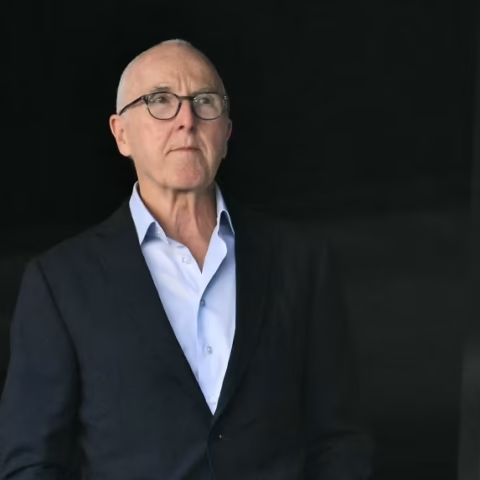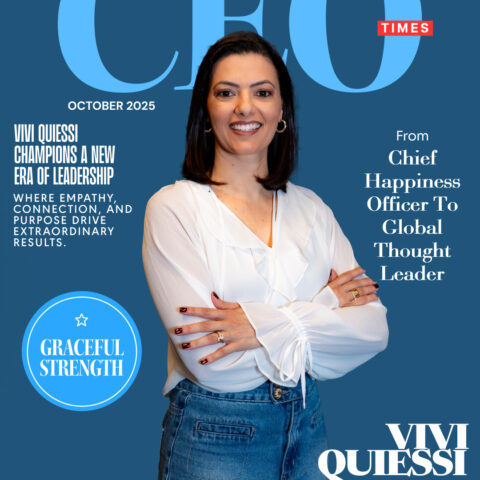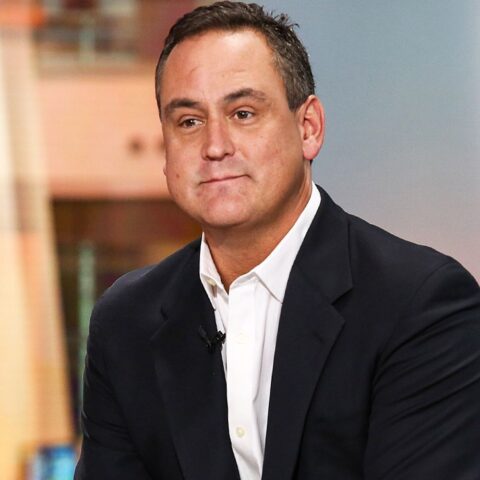Kugler’s Early Exit Sparks Political Jockeying as Trump Eyes Influence Over Fed’s Future Leadership Amid Ongoing Interest Rate Debate
In a development that could significantly shape the future direction of U.S. monetary policy, Federal Reserve Governor Adriana Kugler has announced her resignation, effective August 8, months ahead of the scheduled end of her term in January 2026. Her early departure opens a pivotal seat on the Federal Reserve Board—one that former President Donald Trump is poised to fill, should he return to the White House.
Kugler, appointed by President Joe Biden in 2023, did not offer a reason for her resignation. In a public statement, she expressed deep gratitude for her time on the Board:
“It has been an honor of a lifetime to serve on the Board of Governors of the Federal Reserve System. I am especially honored to have served during a critical time in achieving our dual mandate of bringing down prices and keeping a strong and resilient labor market.”
While the Fed itself remained silent on the circumstances surrounding her exit, speculation swirled quickly. Speaking to reporters, Trump claimed—without providing evidence—that Kugler’s resignation stemmed from internal disagreements within the Biden administration over interest rate policy.
“I understand it was over the fact that she disagreed with somebody from her party … she disagreed with ‘Too Late’ on the interest rate,” Trump said, using his nickname “Too Late” for Fed Chair Jerome Powell, whom he has repeatedly criticized for refusing to cut interest rates in 2024.
Kugler was notably absent from the Fed’s latest meeting, where officials opted to hold interest rates steady for the fifth consecutive time—a decision that further deepened divisions within the central bank and fueled Trump’s criticisms.
Later on his platform Truth Social, Trump escalated his rhetoric, using Kugler’s resignation to call for Powell to step down:
“’Too Late’ Powell should resign, just like Adriana Kugler, a Biden Appointee, resigned. She knew he was doing the wrong thing on Interest Rates. He should resign, also!”
The resignation offers Trump a rare opportunity to install a new voice on the Fed Board at a time when internal divisions are increasingly visible. Fed governors not only shape monetary policy but are also eligible to become the next Fed chair—a role currently held by Powell until 2026.
According to Fed protocol, the chair must be chosen from among the sitting members of the Board of Governors. This means whoever fills Kugler’s seat could become a contender for the top position if they’re confirmed by the Senate.
Treasury Secretary Scott Bessent confirmed that the administration is actively exploring potential replacements for Powell. The list of contenders reportedly includes:
- Scott Bessent himself
- Kevin Warsh, former Fed governor
- Christopher Waller, current Fed governor
- Kevin Hassett, former chair of the Council of Economic Advisers
However, even after Powell’s term as chair ends, his term as a governor continues through 2028. That complicates Trump’s options, as he cannot simply remove Powell from the Board. It also remains legally unclear whether a sitting president can demote a Fed chair and elevate another board member without Senate involvement.
Powell, for his part, remained noncommittal about his future at the central bank. During a press conference last week, he declined to say whether he intends to remain on the Board after his term as chair expires.
As the Fed continues to navigate a volatile economic landscape—balancing inflation control with labor market resilience—Kugler’s departure and the upcoming appointment may reshape the institution’s leadership and strategic direction at a crucial moment.





